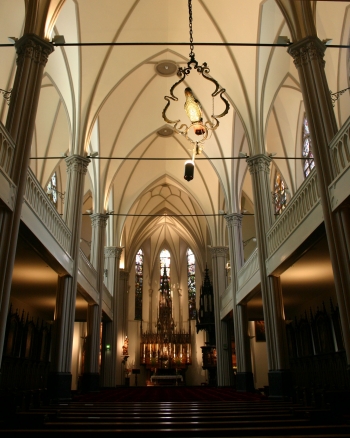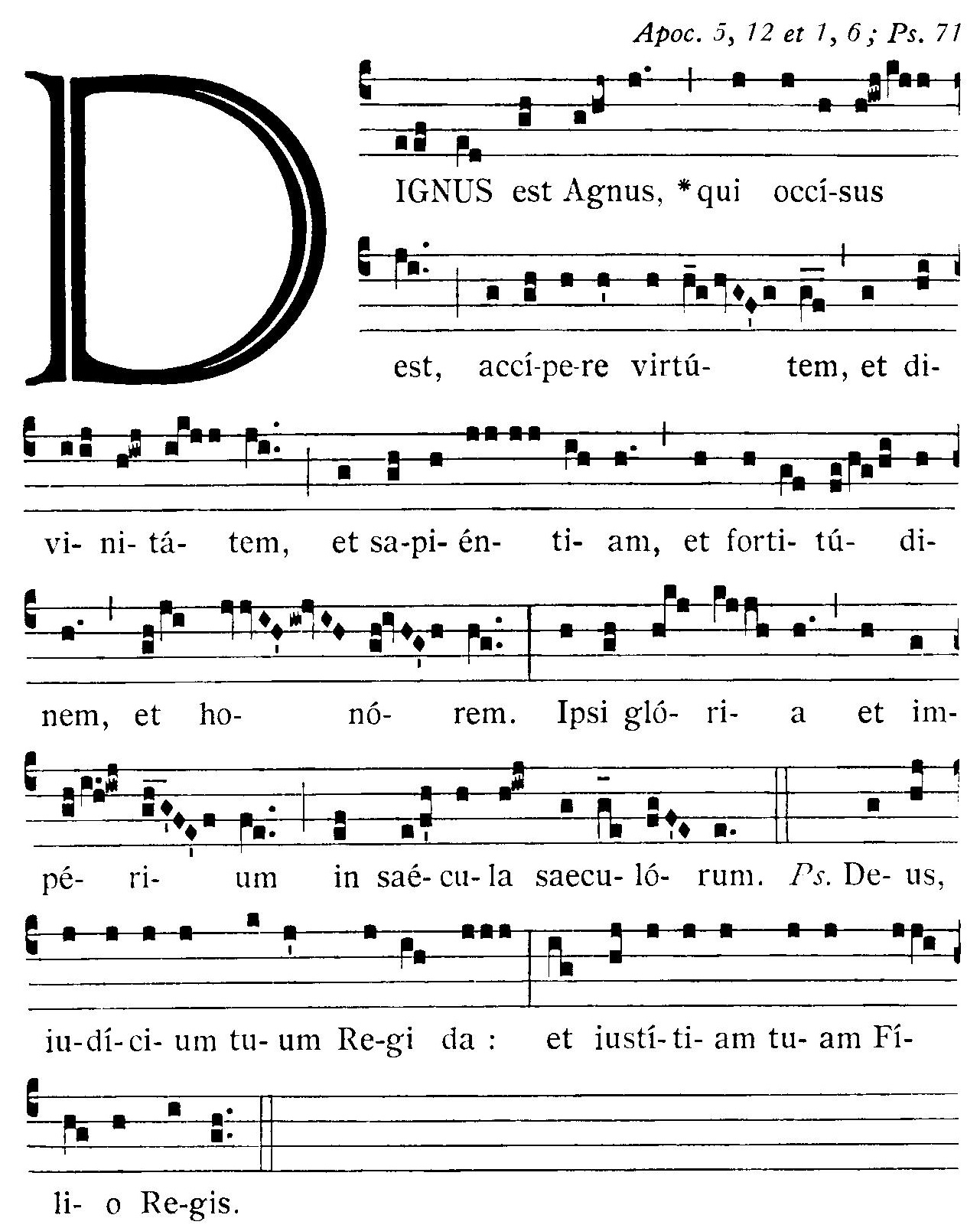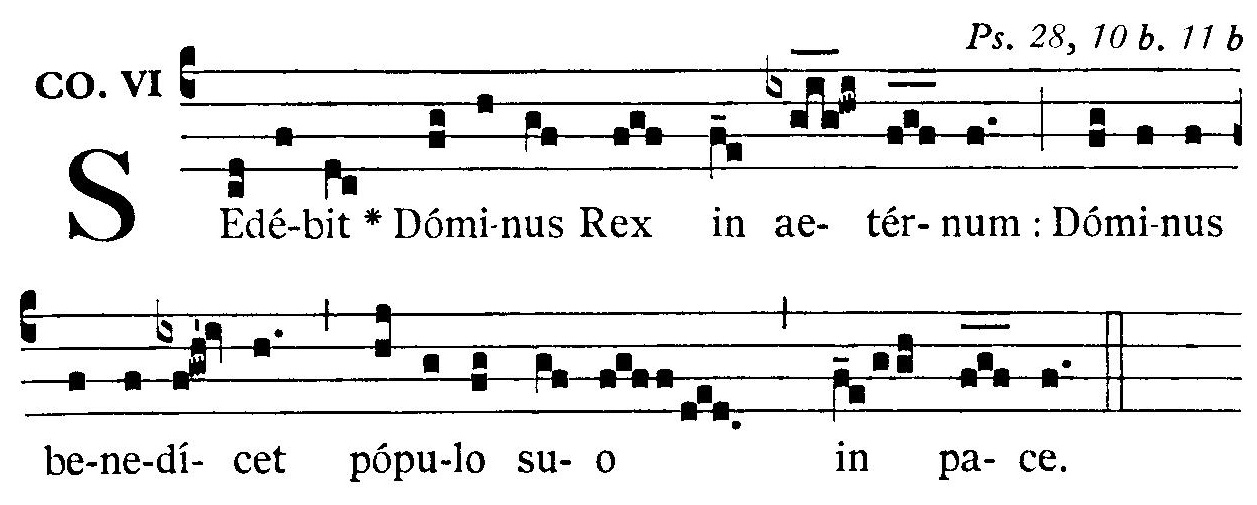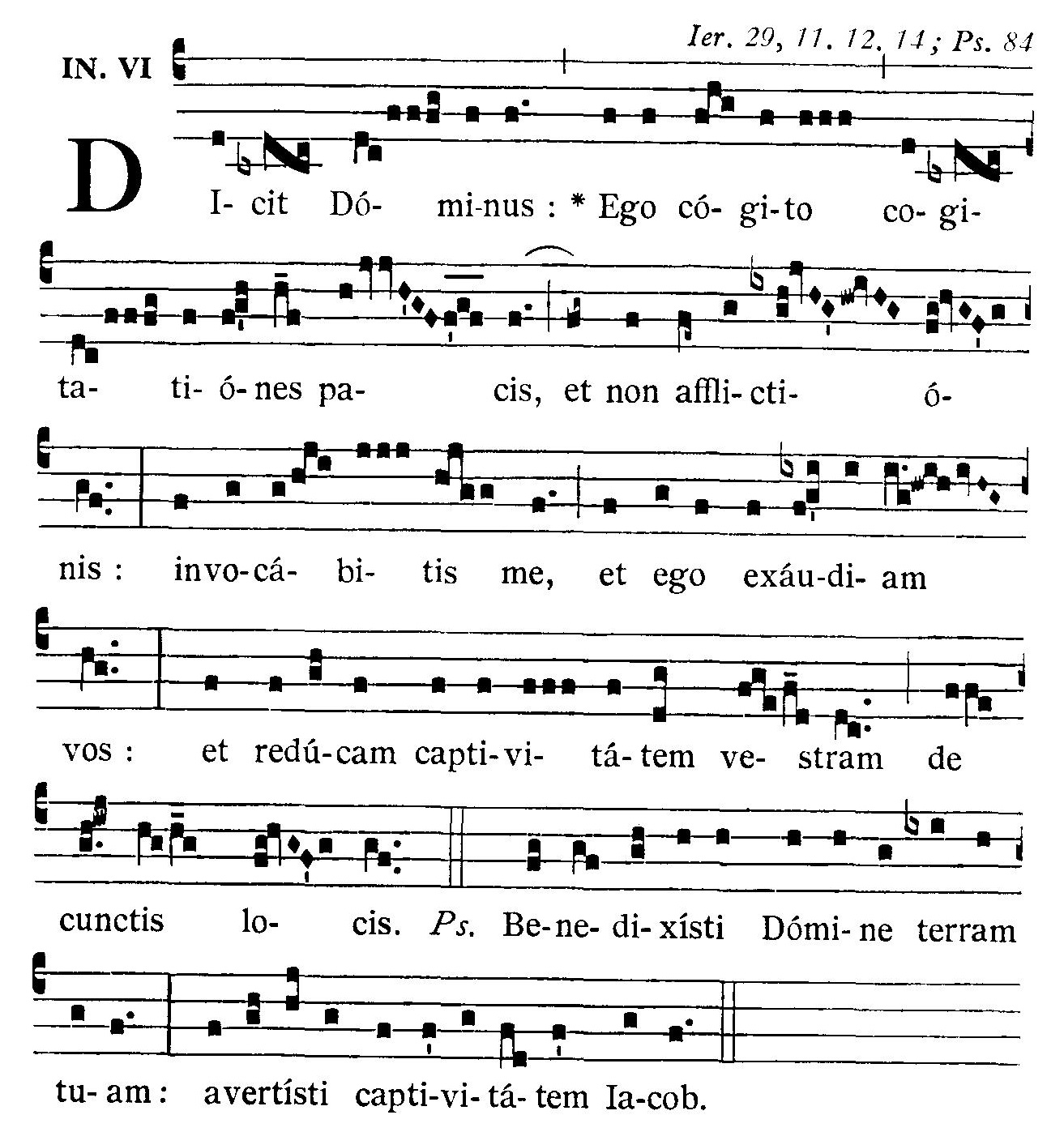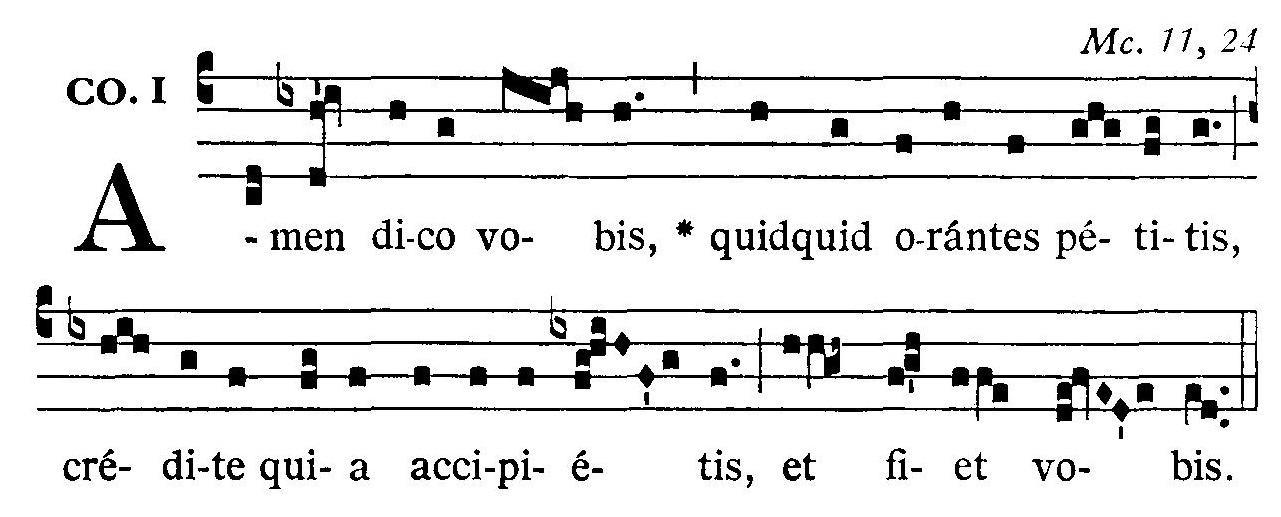Download Offertoriale sive Versus Offertoriorum. Cantus Gregoriani in PDF.
From The Glorificamus Society website:
How to do the Offertory Chants?
This is one way: the more complicated, but authentic.
This exceedingly rare book appeared in 1935 to provide the complete offertory verses for the Offertory chant in the Roman Rite of Mass.
Note that these are not Psalm tones but thoroughly composed chants that add a beautiful dimension to the chant at this point in Mass.
It is a much-valued addition to the CMAA‘s liturgical library, applicable to the Ordinary and Extraordinary forms.
Come eseguire i canti per l’Offertorio?
Questo è un modo: il più complicato, ma autentico.
Questo libro rarissimo fu pubblicato nel 1935 per fornire i versetti offertoriali completi per il canto dell’Offertorio nel Rito Romano della Messa.
Notate che questi non sono toni salmodici ma canti espressamente composti che aggiungono una mirabile dimensione al canto a questo punto della Messa.
Si tratta di un’aggiunta di grande valore alla biblioteca liturgica della CMAA, applicabile sia alla forma Ordinaria sia alla forma Straordinaria.

